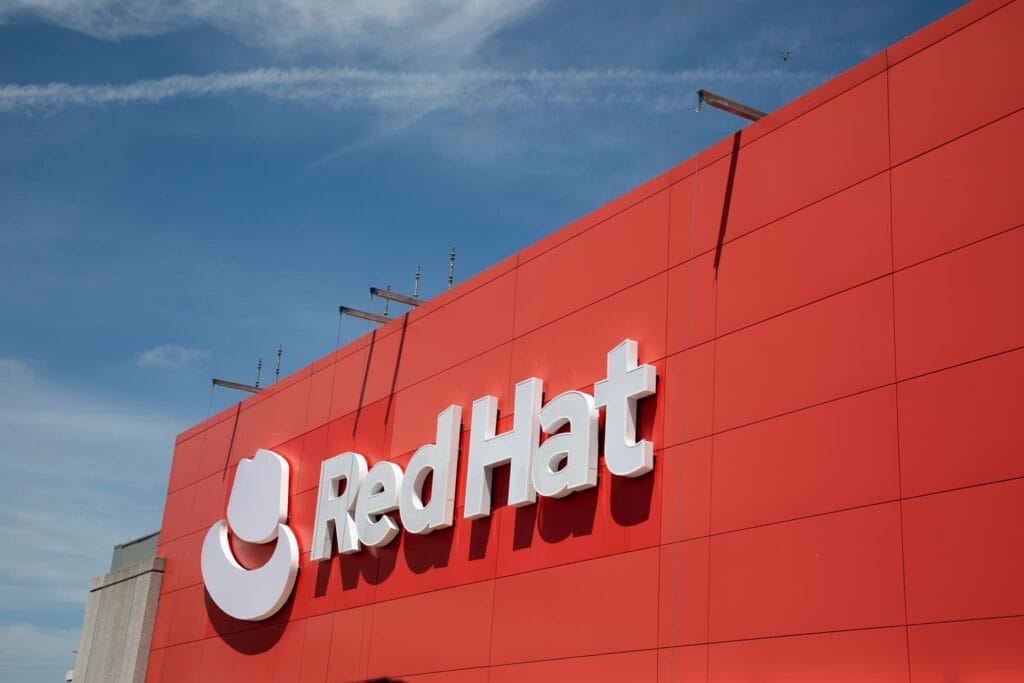The Castilla-La Mancha Board accelerates environmental impact assessments thanks to a generative AI platform developed on Red Hat OpenShift AI
The Castilla-La Mancha Board (JCCM) has taken a decisive step toward the digital transformation of its administrative processes by adopting artificial intelligence technologies. In collaboration with Red Hat, a global leader in open-source solutions, the regional government has developed a generative AI-driven assistant to streamline the complex Environmental Impact Assessment (EIA) procedures, essential in strategic sectors such as agriculture, energy, tourism, and livestock.
The announcement was made during the Red Hat Summit 2025 in Boston, where Castilla-La Mancha was highlighted as one of the successful cases by the American company. Specifically, the Spanish region has relied on Red Hat OpenShift AI, a platform integrated into the Red Hat AI portfolio, to train, deploy, and maintain machine learning models capable of reviewing technical documents in an automated and efficient manner.
AI for Faster Sustainable Development
Environmental Impact Assessments are extensive processes that aim to integrate environmental aspects into the formulation and adoption of plans and projects, but they are also known for their complexity and duration. According to the JCCM itself, some cases can take up to a year to resolve.
To reduce these times without compromising technical quality, the Digital Transformation Agency of Castilla-La Mancha promoted a solution that combines artificial intelligence with private cloud computing, thus ensuring data sovereignty and confidentiality.
Thanks to the use of technologies like Red Hat OpenShift AI and support from NTT Data in system integration, the regional administration has successfully implemented a workflow based on converting PDF documents into vectors stored in databases. This allows for semantic searches, automated summaries, and nuanced natural language responses regarding the contents of the cases.
The system, enhanced by Retrieval-Augmented Generation (RAG) techniques, assists the environmental evaluation technicians and significantly reduces the errors and time required to review each file. According to JCCM data, the document processing time has been reduced by over two months since the platform’s implementation.
Tangible Results: Efficiency, Collaboration, and Improved Services
The benefits so far have been numerous:
- Optimized response times, allowing for faster business projects that depend on environmental approval.
- Reduction of human errors in technical document reviews.
- Increased collaboration among technical teams, data scientists, and AI engineers, thanks to a unified experience on the same platform.
- Operational scalability, able to manage increasing document volumes without the need to expand technical staff.
Moreover, the administration employees now have more agile tools for their daily tasks, improving productivity and freeing up time for higher-value activities.
Towards a More Automated Administration
The digital transformation strategy of Castilla-La Mancha is not limited to this project. The region is also in the process of adopting the Red Hat Ansible Automation Platform, a business automation solution that has already begun to be used for deploying services in public libraries across the region. The goal is to continue reducing manual tasks and allow teams to focus on innovation and continuous improvement.
An Open Model for the Future of AI
Red Hat reiterated its vision of open, interoperable, and unconstrained artificial intelligence during the Summit. The company advocates for an approach where organizations can deploy any model, on any accelerator, and in any cloud, avoiding lock-in from closed vendors.
“To unlock the true potential of generative AI, companies need a universal inference platform,” said Red Hat representatives. “Our mission is to provide a reliable, consistent, and high-performance foundation for innovation, from the data center to the edge.”
This project reinforces the position of Castilla-La Mancha as one of the pioneering regions in the application of AI in the public sector in Spain. With practical and measurable solutions, it demonstrates how collaboration among administrations, technology integrators, and open-source providers can drive more efficient, transparent, and citizen-oriented management.
via: redhat

